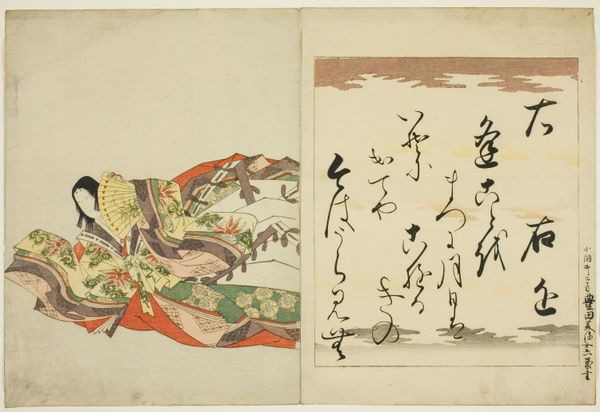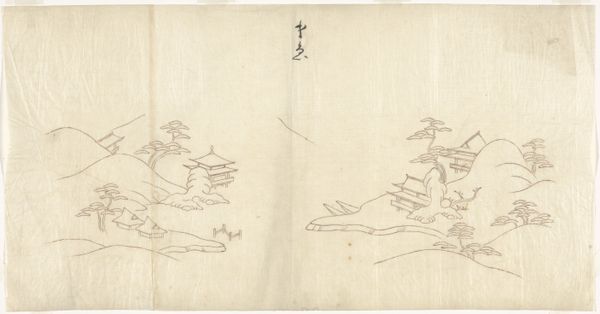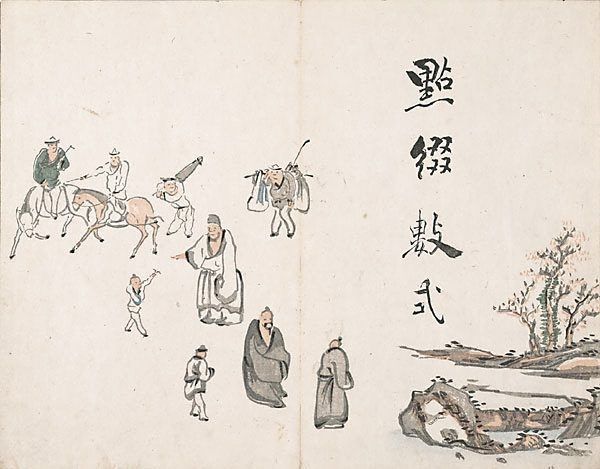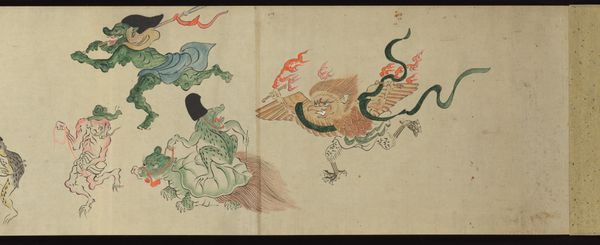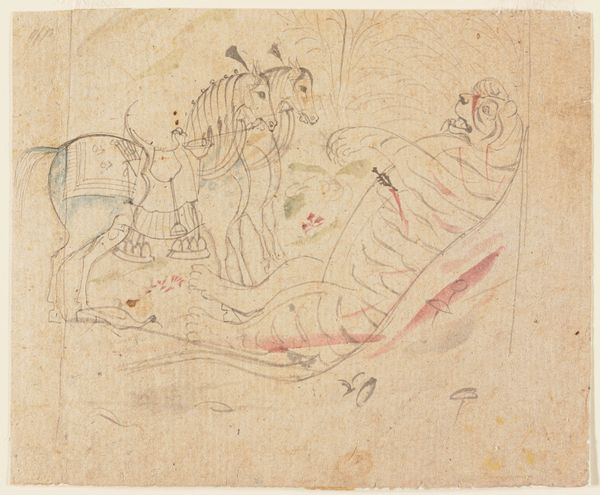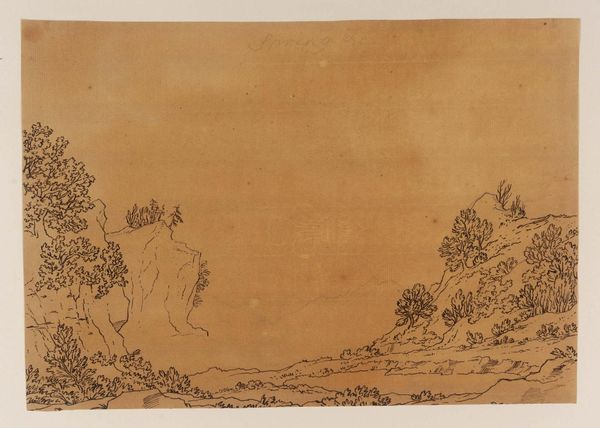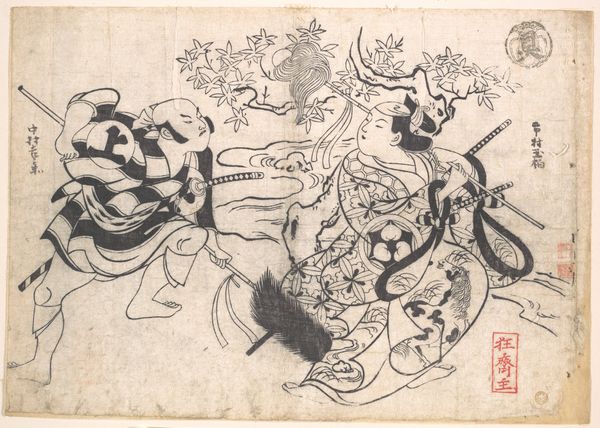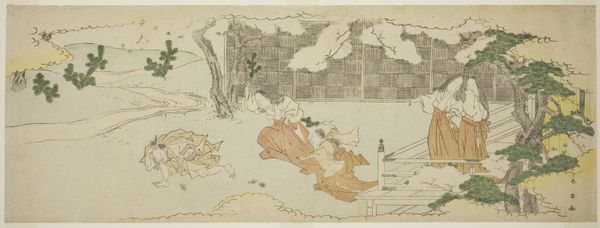
painting, watercolor, ink
#
painting
#
asian-art
#
figuration
#
watercolor
#
ink
Copyright: Public domain
Editor: This detail is from "Night March of a Hundred Demons" by Tosa Mitsuoki, made with ink and watercolor. It feels both playful and unsettling. What do you see in this piece, and what narratives might it be hinting at? Curator: What strikes me is the monstrous assembly on parade. Consider the historical context: These depictions of Yokai, or supernatural creatures, weren't just fantastical inventions, but ways of visualizing anxieties and societal disruptions. Think about marginalized figures, those who didn't fit neatly into the established social order. How might these demons represent those voices, given monstrous form by societal pressures? Editor: That’s a really interesting point. So, the demons aren't just scary monsters; they're a reflection of real-world social tensions? Curator: Precisely! And consider the march itself. Marches are often associated with political demonstrations or expressions of power. What statement might this night march be making? Perhaps it's a disruption of the everyday, a revolt against the norm. It’s an inversion, right? Night instead of day, monstrous instead of human. How can we understand this in the broader cultural context of the Edo period in Japan? Editor: It’s like the painting is giving visibility to those who were normally hidden or feared, offering a glimpse into an alternative power structure. Curator: Exactly. And that challenges our assumptions about who holds power and whose stories are told. Looking closely at these images invites us to question what we consider "normal" and to consider the power dynamics that shape our perceptions. Editor: I see the piece very differently now. I originally thought of it as purely fantasy, but now it's a commentary on power and social anxieties. Curator: Indeed. Art offers possibilities, opening paths for social commentaries throughout history.
Comments
No comments
Be the first to comment and join the conversation on the ultimate creative platform.


